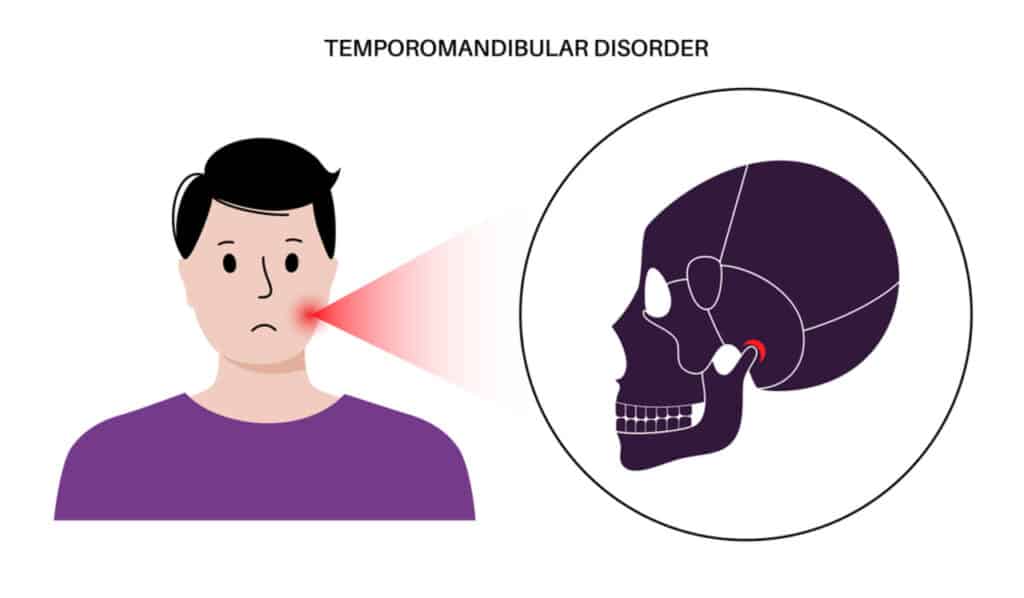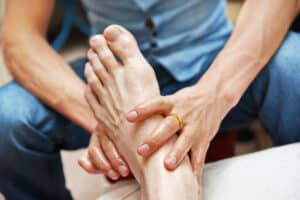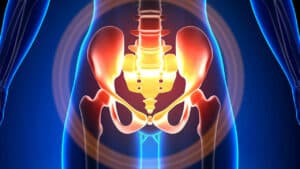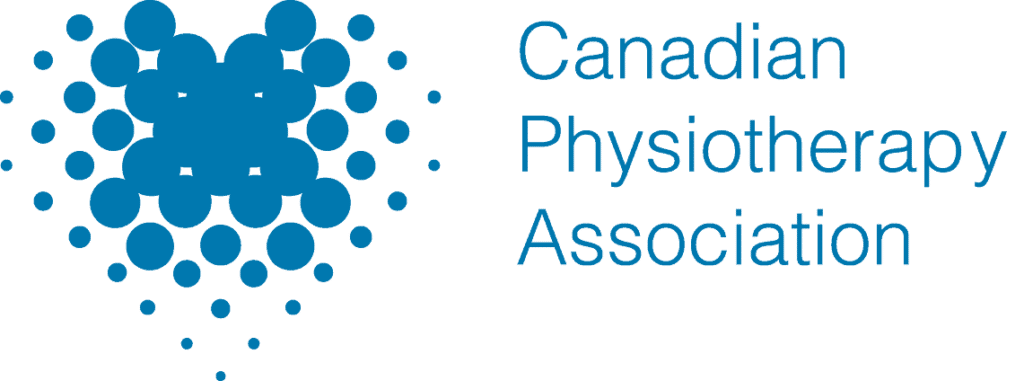Relief and Recovery: How Physiotherapy Can Help Manage TMJ
Temporomandibular joint (TMJ) disorders can cause significant discomfort and disrupt daily activities. Understanding the causes and symptoms of TMJ, along with how physiotherapy can help, is essential for effective management and recovery. This article provides comprehensive insights into physiotherapy treatments for TMJ, as well as essential info for anyone suffering from this condition.
Understanding the Causes and Common Symptoms TMJ
TMJ disorders affect the temporomandibular joint, which connects the jawbone to the skull. This joint allows for movements like chewing, speaking, and yawning. The main causes of TMJ disorders can include injury to the jaw, arthritis, genetics, or excessive teeth grinding (bruxism). Stress can also contribute to TMJ by causing muscle tension in the jaw.
Common symptoms of TMJ include:
- Jaw Pain: Persistent pain or tenderness in the jaw.
- Headaches: Frequent headaches or migraines.
- Difficulty Chewing: Discomfort or pain while chewing or speaking.
- Lockjaw: Limited range of motion or jaw locking in an open or closed position.
- Ear Pain: Pain around the ears, often accompanied by ringing (tinnitus).
- Clicking or Popping Sounds: Audible sounds when opening or closing the mouth.
Recognizing these symptoms early and seeking appropriate treatment can prevent the condition from worsening and improve quality of life.
The Role of Physiotherapy in Treating TMJ
Physiotherapy plays a crucial role in treating TMJ disorders by addressing both the symptoms and underlying causes. A physiotherapist uses a variety of techniques to alleviate pain, improve jaw function, and reduce inflammation.
Key physiotherapy treatments for TMJ include:
- Manual Therapy: Hands-on techniques to mobilize the jaw and surrounding tissues, improving movement and reducing pain.
- Therapeutic Exercises: Tailored exercises to strengthen the jaw muscles, enhance flexibility, and restore normal function.
- Postural Education: Training to improve posture, which can reduce strain on the jaw and neck muscles.
- Shockwave Therapy: Shockwave therapy uses acoustic waves to stimulate healing in the jaw tissues, reduce pain, and improve function.
- Heat and Cold Therapy: Application of heat or cold packs to reduce pain and inflammation.
By combining these techniques, physiotherapy can significantly reduce TMJ symptoms and enhance overall jaw function.
How Massage Therapy Complements Physiotherapy in TMJ Treatment
Massage therapy is an effective complementary treatment for TMJ disorders. It helps to relax the muscles, reduce tension, and alleviate pain. Different types of massage therapy can target the specific needs of people with TMJ.
- Deep Tissue Massage: Deep tissue massage focuses on realigning deeper layers of muscles and connective tissue. It is especially beneficial for chronic aches and pains associated with TMJ. The therapist uses slow, deliberate strokes and pressure to reach deeper muscle layers, which helps to release muscle tension and improve blood flow.
- Myofascial Techniques: Myofascial techniques involve gentle, sustained pressure on the myofascial connective tissue. This type of massage helps to release restrictions in the fascia, the connective tissue surrounding muscles. By targeting the fascia, myofascial release can reduce pain, improve jaw mobility, and alleviate TMJ symptoms.
- Deep Tissue Facial Massage: Deep tissue facial massage specifically targets the muscles around the jaw and face. This technique involves applying deep pressure to facial muscles to release tightness and improve muscle function. It can be particularly effective for relieving TMJ-related pain and discomfort in the jaw, temples, and neck.
Activities to Avoid with TMJ
Managing TMJ effectively also involves being mindful of certain activities that can exacerbate the condition. Avoiding these activities can help prevent further strain on the temporomandibular joint and aid in the healing process.
- Chewing Hard Foods: Steer clear of hard, crunchy foods like nuts, raw vegetables, and hard candies. Opt for softer foods that are easier to chew.
- Gum Chewing: Chewing gum can place excessive stress on the jaw muscles and joint. Avoid this habit to reduce strain.
- Wide Mouth Opening: Activities that require you to open your mouth wide, such as yawning or biting into large sandwiches, should be minimized. Practice controlled, smaller movements instead.
- Clenching and Grinding: Be conscious of teeth clenching or grinding, especially during stressful situations. Consider using a mouthguard at night if you grind your teeth while sleeping.
- High-Impact Sports: High-impact activities that can cause direct trauma to the jaw, such as contact sports, should be avoided. If participating in such sports is necessary, wearing a protective mouthguard is recommended.
- Frequent Use of Headphones: Constantly holding a phone between your shoulder and ear can strain the jaw. Use a headset or speakerphone to minimize this strain.
How Long Does TMJ Take to Heal?
The healing time for TMJ disorders can vary widely depending on the severity of the condition and the effectiveness of the treatment plan. In many cases, mild to moderate TMJ disorders can improve significantly within a few weeks to a few months with proper care and treatment. However, more severe cases may take longer to heal and may require ongoing management.
Several factors influence the healing time of TMJ. The severity of the condition plays a crucial role, with mild cases typically healing faster than severe cases. Adherence to the prescribed treatment plan is also critical; following it consistently can accelerate the healing process.
Additionally, implementing lifestyle modifications, such as stress management and avoiding activities that aggravate the condition, can support recovery. Individual health factors, including overall health and personal differences in healing rates, also affect the recovery time.
Managing TMJ: Tips for Sleeping
Sleep positions and habits can play a significant role in managing TMJ symptoms. Adopting the right sleep posture can help alleviate jaw pain and promote healing.
- Sleep on Your Back: Sleeping on your back is often the best position for those with TMJ. It helps to keep the head, neck, and spine aligned, reducing pressure on the jaw. Use a supportive pillow to maintain a neutral neck position.
- Avoid Sleeping on Your Stomach: This position can strain the neck and jaw, potentially worsening TMJ symptoms. If you’re used to sleeping on your stomach, try transitioning to a back or side position.
- Use a Pillow for Support: A pillow under your knees can help reduce lower back strain, promoting overall comfort and better sleep quality. For side sleepers, a pillow between the knees can keep the spine aligned.
- Mouthguard: If you grind your teeth at night, wearing a mouthguard can protect your teeth and reduce jaw strain, helping to alleviate TMJ symptoms.
- Relaxation Techniques: Practicing relaxation techniques before bed, such as deep breathing, meditation, or gentle stretching, can help reduce muscle tension and promote better sleep.
Optimal Jaw Health Starts Today
Understanding and managing TMJ involves a comprehensive approach that includes avoiding aggravating activities, following effective treatment plans, and adopting supportive sleep habits. By being proactive in your care, you can significantly reduce TMJ symptoms and improve your quality of life.If you’re experiencing TMJ symptoms and need professional help, Vitality Physiotherapy and Wellness Centre is here for you. Our experienced Ottawa team offers personalized treatment plans to address your specific needs. Contact us today to schedule an appointment and say goodbye to jaw pain!











